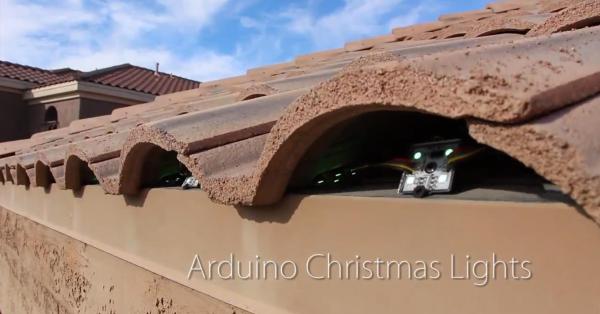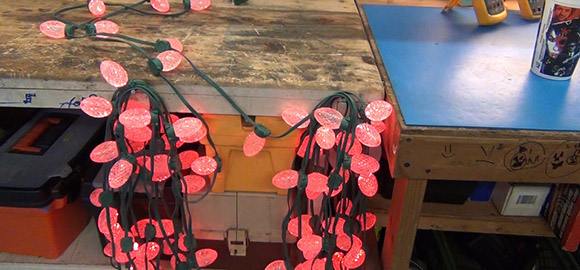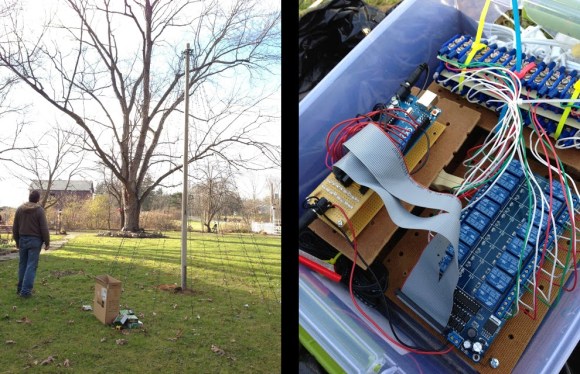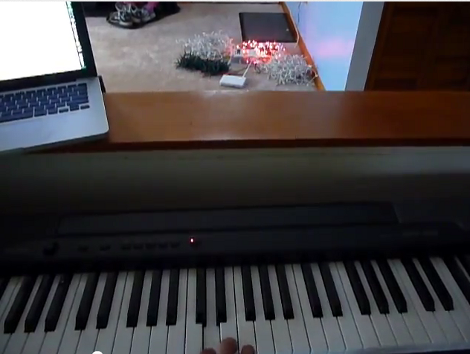
[Todd Harrison] has been on a quest to replace his incandescent Christmas lights with less power hungry LED lights. There are plenty of options out there, but so far he hasn’t found any have the appearance he’s looking for. Since last year he bought three different kinds to try out and has posted a review of each.
Check out the strand of Brite Star Symphony Lights he’s showing off above. There is a white ‘Try Me’ button that lights up the string while still in the package! This offers fifteen bulbs each twelve inches apart. The strand draws 8.4 Watts when in use, you can connect up to 30 strands in series, and they are RGB lights with several different blinking patterns. He spends nearly an hour on this strand in his video review.
Next on his list is a set of Brite Star Classic Style C7 lights. They are single color and are meant to look like traditional large-bulb incandescent strands. At 2.4 Watts per strand you can string together 87 sets of them. This video is much more concise at around twenty-five minutes.
Finally he looks at the Brite Star 50 Mini LED strings. These are the traditional white Christmas tree lights, except in LED. One bulb every four inches on the string adds up to a 2.4 Watt power draw. You can string 58 sets together for a 1000 foot long string. [Todd] spends less than eight minutes reviewing this set.
You can see an intro video after the break but the full reviews are linked in his article. He really liked the Symphony Lights but the other strands have some issues. He discusses what he sees as design flaws in those strands and has decided they’re not really usable because of flickering.
Continue reading “Kick Off The Christmas Decorating With A Review Of 3 Types Of LED Strings” →

















